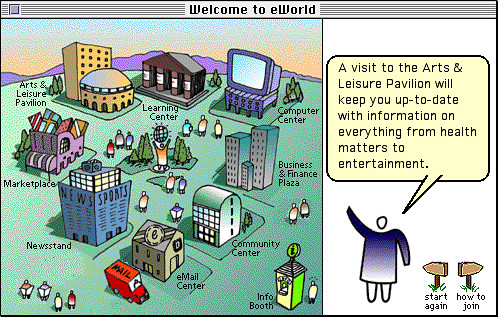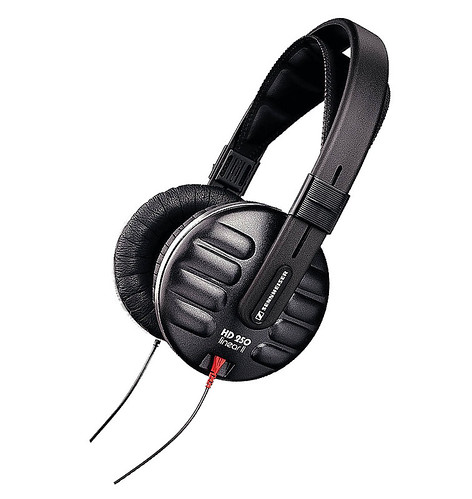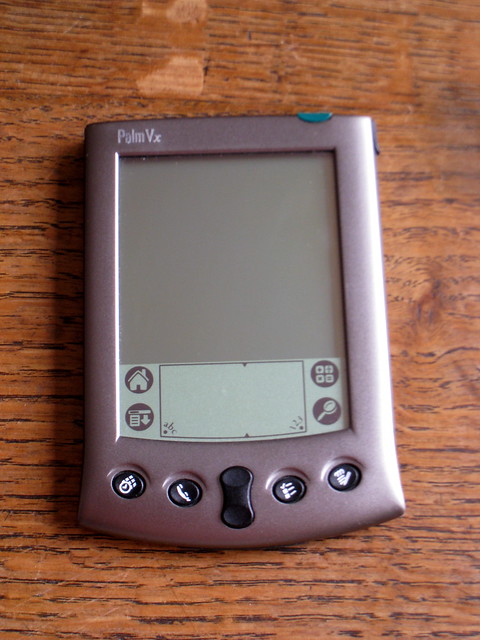On June 6, Apple announced a number of products at a keynote speech to kick off its worldwide developer conference. Mac OS X Lion and iOS 5 were widely anticipated; but the one that got the most attention was a service called iCloud.
This service has received a fair bit of coverage and its worthwhile reflecting upon, some of this reflection has to do with all the things that we don’t currently know. I am not going to focus on the iTunes Connect product that gives you a selection of your music across devices as other people have done that much better than I could.
First of all a bit of a history lesson
Apple has actually selling online services since about 1985, so Apple’s history with online services is almost as old as The WELL. AppleLink was an online service set up originally to connect Apple employees and dealers, it had a client software application for both Mac and the later models of the Apple II. It provided assess to remote server folders (kind of like FTP, iDisk, Box.net or Dropbox), bulletin boards for discussion and system-wide email (though interoperability with other email systems came in later).
This system was a way that Apple distributed systems updates and drivers to dealers (you have to remember that at that time operating systems and the associated software that went along with them took up much less memory than they do today). This was all hosted on time-shared mainframes and connected by a global data network by GE Information Services. GE charged too much for the service and didn’t reflect the technological changes coming down the pipe that made these services cheaper to operate. So Apple eventually worked with Quantum Computer Services (now known as Aol) to develop a version of AppleLink suitable for consumers.
The first email from space was sent on an Apple Portable via an AppleLink account from the Atlantis space shuttle to the Johnson Space Center in 1991. Back in 1988, AppleLink was also the host for a multi-channel story that played out with weekly episodes and included user identities woven into its plot. The storytelling used chat rooms and email was well as a more traditional narrative format echoing Matt Beaumont’s novel e by about 12 years.
After a while, Apple, had a falling out with GE Information Services and consolidated their own service renamed eWorld and had it run by AOL.

Eventually eWorld was closed down as Apple realised that it couldn’t compete with AOL and they had bigger things to worry about as Apple was on the downward trajectory that would result in the return of Steve Jobs. By 1997 both AppleLink and eWorld had been closed down. The content eventually ended up on the Apple website under sub-domains like developer.apple.com and support.apple.com.
In 2000, Apple came back with iTools which included the .mac email accounts, simple web publishing and iDisk. The email account allowed you to have IMAP4 which was rare at the time and iDisk was based on WebDAV standard to syncing. There were other services including web publishing and iCards: an electronic greeting cards service (prior to Facebook were a low impact way to exchange greetings, with a HTML card sent via email. One of the most prominent providers bluemountain.com was bought in a deal apparently worth 780 million dollars by then internet giant Excite@Home). By 2002, Apple started charging for these services and briefly threw in a subscription to Virex.
The service got a rebrand as MobileMe to take account of Apple’s expanded computing portfolio to take in the iOS-powered series of devices. Newcomers got a .me.com email address rather than the .mac.com email address. I myself have been signed up to these services through their evolutions for the past ten years or so, so still have a .mac.com ID.
iCloud is a development repackaging of these offerings; an evolution rather than an innovation, it also means that Apple’s claim in the sub header of its press release that the service: Free Cloud Services Beyond Anything Offered to Date – are economical with the truth. There is also a question in my mind, for reasons I’ll outline below, about whether this next evolution is positive for end users.
Device philosophy
One of the things that stuck out to me when I was listening to Steve Jobs introduce iCloud, he described the Mac as ‘just another device’. On one level it makes sense; as the Mac is one of three sets of computing devices that Apple now sells: the Mac, the iPad and the iPod Touch / iPhone.
- The second thing that marks it out, is a trust that as Sun Microsystems used to say ‘the network is the computer’.
- Finally there is the question of primacy. Which device is the ultimate arbiter of the correct data?
The flawed ‘net
iCloud is based on the assumption that good quality data connectivity is ubiquitous, this is complete fiction for many people. I live in central London, apparently a world city, a hive of connectivity. Wi-fi that I can access safely is only available in certain coffee shops, and the mobile networks are full of holes like Swiss cheese. I am with Vodafone that seems to be better than most, but the only way to have a near-continuous reception is to roam on a foreign SIM; which is outrageously expensive. This situation isn’t . In the UK, the broadband infrastructure simply isn’t available to support existing streaming video services. I live in Central London within the proverbial stones throw from Silicon Roundabout and get barely 3MBs download and 400KBs upload from my ADSL connection. I live 500 metres from my local exchange.
Data integrity
One area I am not convinced that Apple will get right with the iCloud is keeping the integrity of address and calendar data intact. If one device doesn’t have primacy there is no control mechanism. It is easy to accidentally alter a record on an iPhone and that could then ripple through the iCloud to all associated devices based on it being the most recent edit. There is no information on how it will handle duplicate entries and failed syncs. Lots of unanswered yet critical questions.
Household enterprise systems
My set-up on MobileMe is relatively simple, I have one iTunes account, one address book, one calendar, one set of bookmarks and system preferences. These are synced across two devices (the MacBook Pro that I am writing this post on, and my iPhone). But increasingly, Apple’s eco-system is found at the centre of family’s IT systems. The analogy of the household CEO is often used to describe the housewife as homemaker.
The family’s IT system needs to look more like the kind of enterprise technology that a CEO would expect. With massive data storage and policy-based systems designed to keep the right data with the right owners. I haven’t seen any evidence that iCloud would do this which is likely to result in lots of poisoned address books and music collections.
It just works?
One of Apple’s key selling points since Steve Jobs returned to Apple was that the company’s products just work. This is why the synergy between hardware and software is so important. When you took one of the original iMacs out of the box, you plugged in the keyboard, the modem cable into the telephone socket, the power socket and turned it one; you were ready to start computing.

It promised elegant simple technological choices to early adopters and the late majority alike and is why products like the iPod, the iPad and the iPhone have become commonplace in many developed marketplaces disrupting incumbent players like Creative and Nokia. The complexity and challenges that the iCloud system needs to overcome could undue this unique selling proposition and tear Apple’s market-making leadership position apart.
Open standards to Apple standards
One of the things that has helped Apple to do well has been its adherence to open standards: the iMac benefited from being a USB pioneer. Mac laptops became popular with photographers because of FireWire. The Safari web browser and WebKit build upon W3C standards compliance and it is hard to remember now, but the first iPhone used HTML5 web applications for external developers – something that many people lost sight of.
Apple’s online services were similar. The email service was based on IMAP4 allowing for easy synchronisation and iDisk works on WebDAV. However in the Apple press release announcing iCloud there is no information on what it supports any standards, but it does talk about iCloud storage APIs. And Apple did promise to make thse APIs available to developers. I am concerned that my social graph may be locked into a storage equivalent of the Hotel California; which is especially dangerous when you think at the amount of iterations and service closures that Apple has exhibited in the online space.
More online related content can be found here.
More reading
Apple Introduces iCloud – Free Cloud Services Beyond Anything Offered to Date
What the iCloud will cause to happen next | FT.com
Apple details iCloud’s digital storage and syncing, free 5GB of storage
Fourth time’s a charm? Why Apple has trouble with cloud computing
Cloud Poll: Does iCloud Actually Have Anything to Do with Cloud Computing? | ReadWriteWeb




